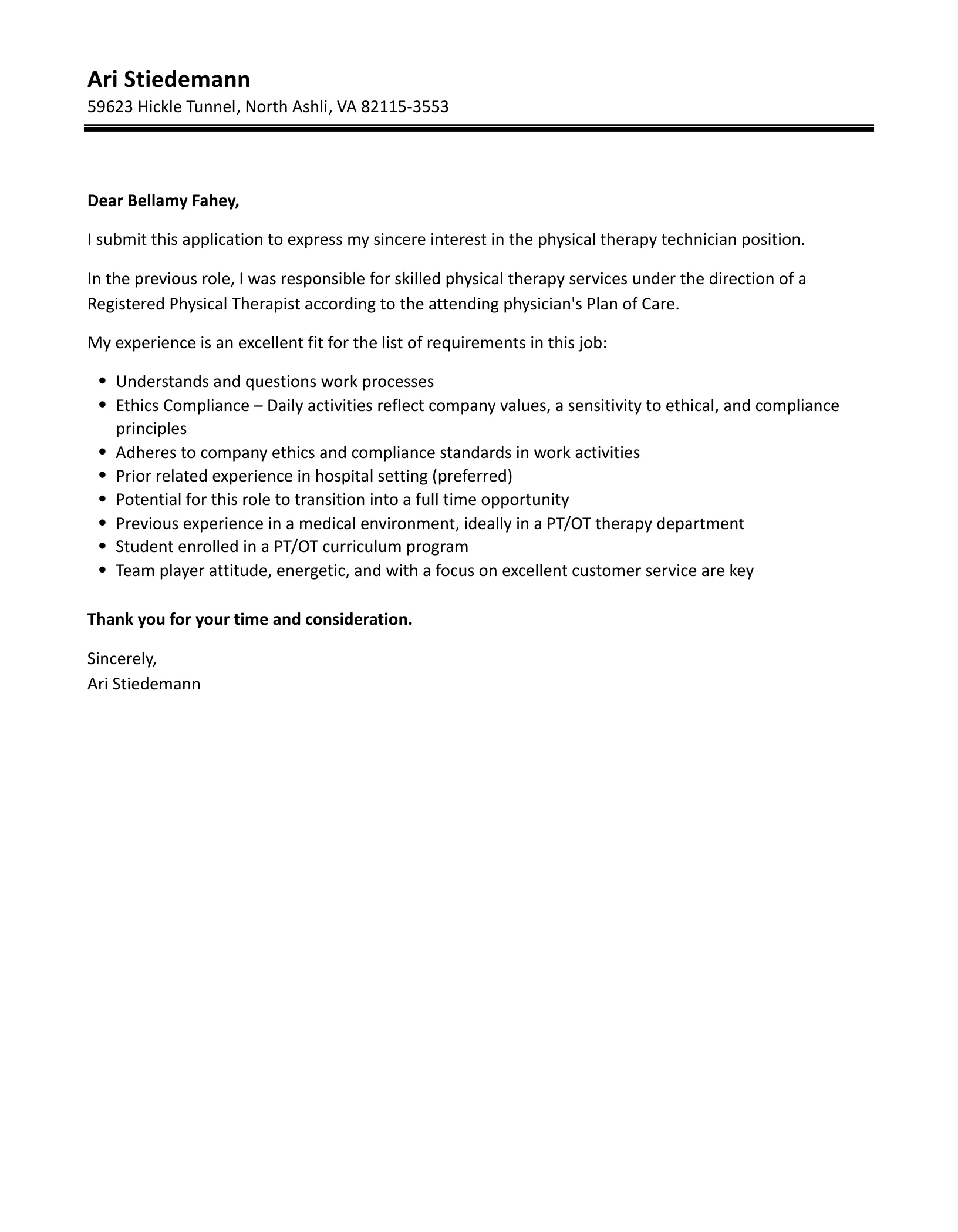What is a Physical Therapy Student Cover Letter
A physical therapy student cover letter is a crucial document that introduces you to potential employers or clinical placement supervisors. It’s your chance to showcase your personality, highlight your relevant skills and experiences, and express your enthusiasm for the opportunity. Unlike a resume, which provides a factual overview of your qualifications, a cover letter allows you to tell a story, explaining why you’re the ideal candidate for the position or placement. This is an opportunity to make a strong first impression and differentiate yourself from other applicants. When crafting your cover letter, keep in mind that it complements your resume, providing additional context and demonstrating your communication skills.
Why You Need a Cover Letter as a Physical Therapy Student
As a physical therapy student, a cover letter is not just optional it is essential. It provides a personalized introduction that a resume alone cannot achieve. A cover letter allows you to explain your motivations for pursuing physical therapy, detail your clinical experiences, and demonstrate your understanding of the specific role or clinic you are applying to. It demonstrates your communication skills, attention to detail, and professionalism, all of which are vital qualities in a healthcare setting. Furthermore, a well-written cover letter can help you address any potential gaps in your resume or explain unique circumstances. It is a platform to showcase your soft skills such as empathy, communication, and teamwork – qualities that are as important as your technical skills.
Key Elements of a Physical Therapy Student Cover Letter
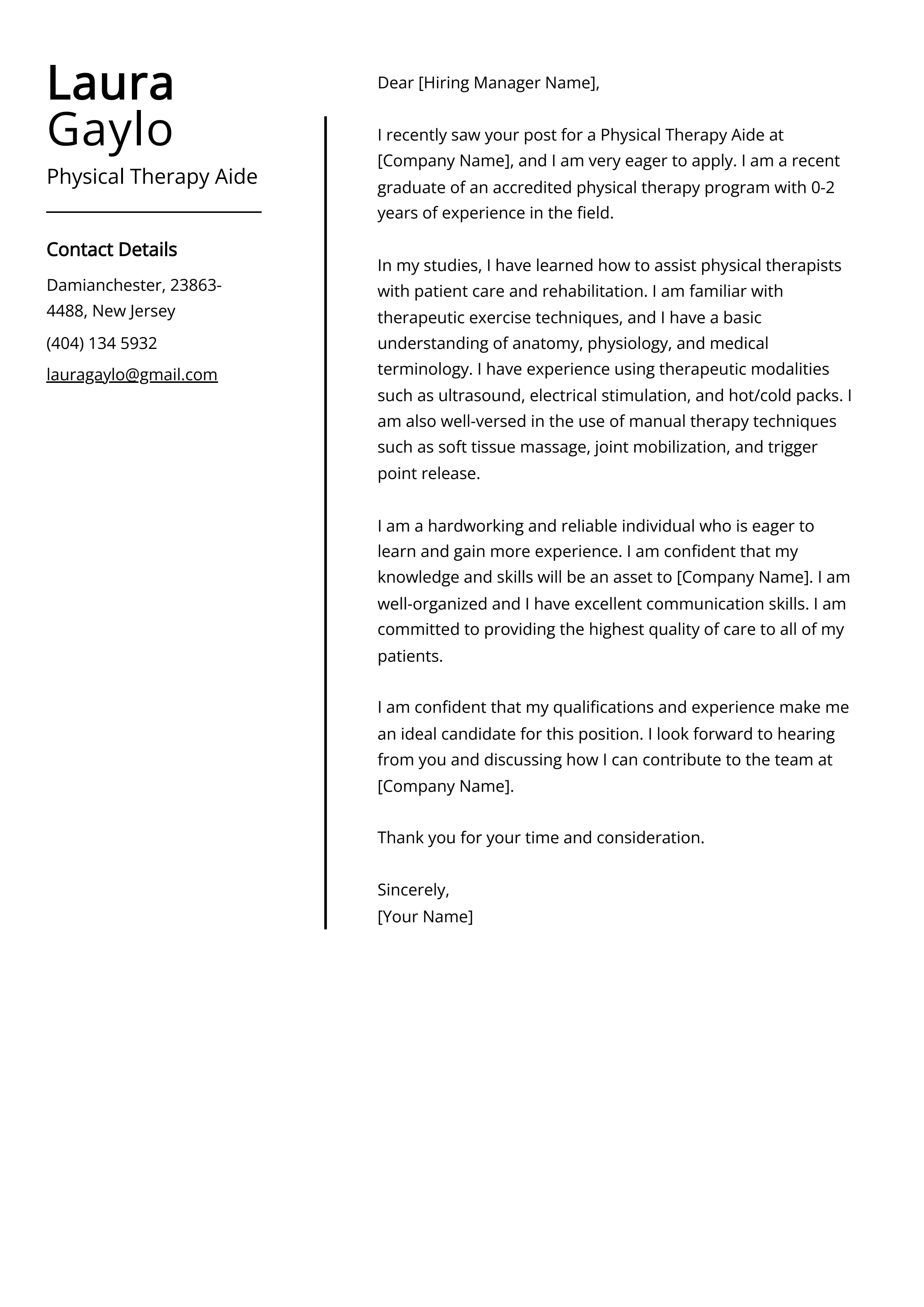
A compelling cover letter is structured logically and concisely. It should include specific elements that convey your qualifications and enthusiasm. These key elements work together to create a comprehensive and persuasive document. Here’s a detailed look at the essential components of an effective cover letter.
Your Contact Information and the Date
At the top of your cover letter, include your full name, address, phone number, and email address. This allows the recipient to easily contact you. Directly below your contact information, include the date you are sending the letter. Ensure your contact information is up-to-date and professional.
The Recipient’s Information
If possible, address your cover letter to a specific person, such as the hiring manager or the clinical director. This demonstrates that you have taken the time to research the clinic and shows a level of initiative. Include their name, title, and the clinic’s address. If you can’t find a specific name, use a general salutation such as “Dear Hiring Manager.”
The Salutation
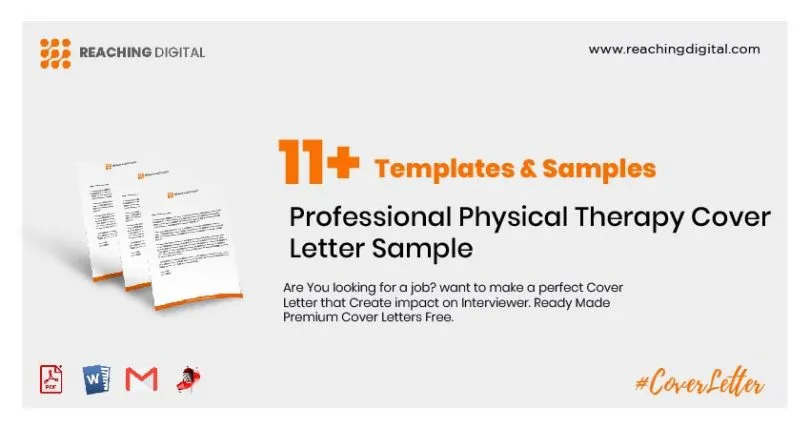
Begin your cover letter with a professional salutation. If you know the recipient’s name, use “Dear Mr./Ms./Dr. [Last Name].” If you don’t know the name, “Dear Hiring Manager” or “Dear Clinical Director” are acceptable alternatives. Always use a formal and respectful tone.
The Opening Paragraph
The opening paragraph should immediately grab the reader’s attention. State the purpose of your letter and the specific position or placement you are applying for. Briefly mention where you saw the advertisement or how you learned about the opportunity. Express your enthusiasm for the clinic or position and state why you are interested.
Highlighting Your Skills and Experience
The main body of your cover letter is where you highlight your skills and experiences. Use specific examples to demonstrate your abilities. Quantify your achievements whenever possible. This section should showcase your suitability for the specific role or placement.
Academic Achievements
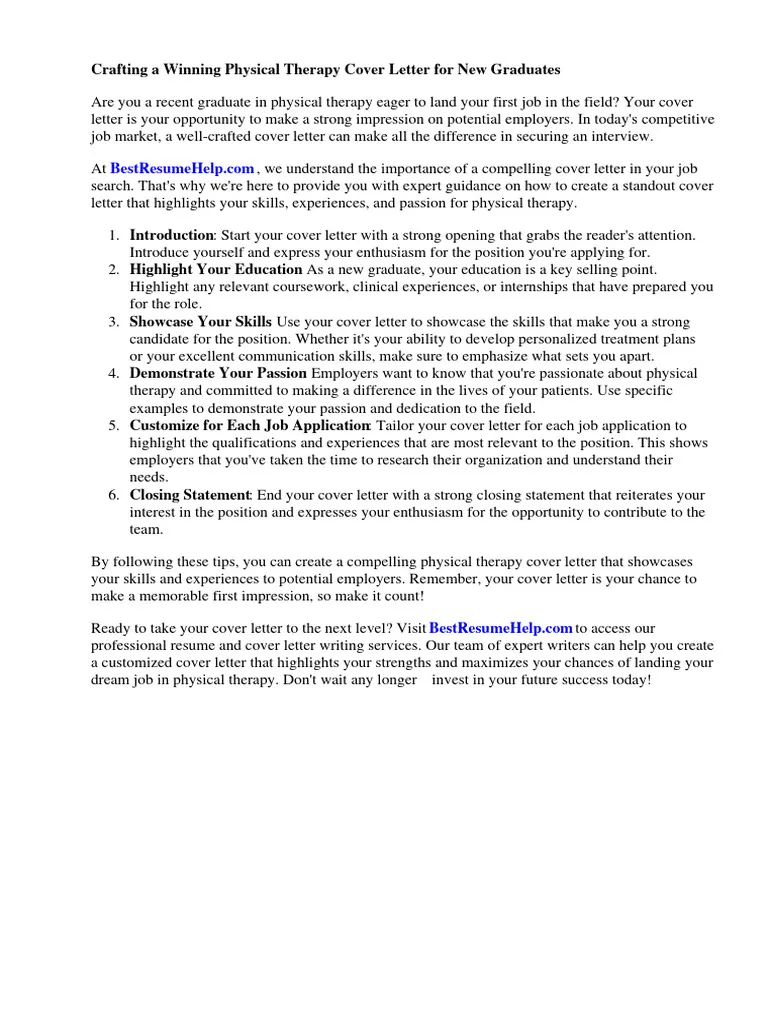
Mention any relevant academic achievements, such as a high GPA, Dean’s List recognition, or specific coursework that aligns with the clinic’s focus. For instance, if the clinic specializes in sports rehabilitation, mention coursework in sports medicine or related areas. Keep this section concise and relevant.
Clinical Experience
Detail your clinical experiences, including the settings, types of patients you have worked with, and specific skills you have used. Provide concrete examples of your accomplishments and the impact you had on patient outcomes. Focus on the skills and experiences that are most relevant to the position.
Relevant Skills and Abilities
Highlight your skills and abilities that align with the requirements of the role. This may include hands-on skills such as manual therapy techniques, exercise prescription, or modalities. It also includes soft skills like communication, patient education, and teamwork. Provide examples of how you have demonstrated these skills in previous experiences.
Demonstrating Your Passion and Fit
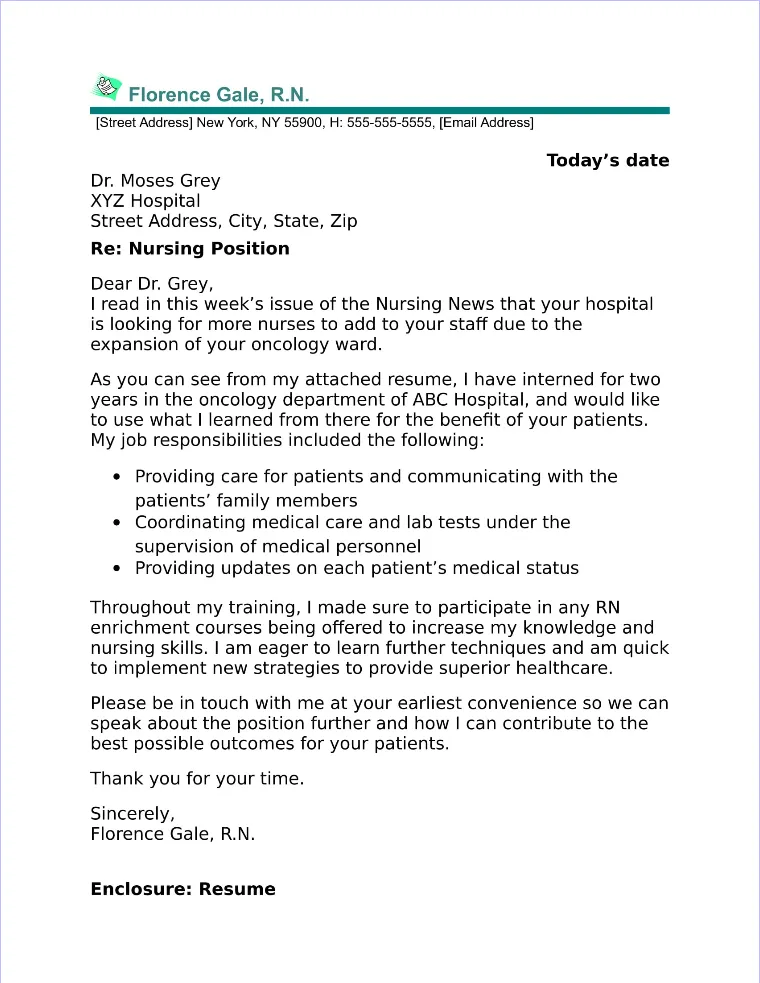
Demonstrating your passion and your fit for the clinic is important. Tailor your letter to show that you understand the clinic’s mission and values. This will help the employer see you as a great fit.
Researching the Clinic
Research the clinic’s mission, values, and the specific services they offer. Demonstrate your knowledge of the clinic in your cover letter by mentioning specific aspects that resonate with you. This shows that you are genuinely interested in the opportunity and have taken the initiative to learn more.
Expressing Your Interest
Clearly express your interest in the position and the clinic. Explain why you are drawn to their specific approach to physical therapy or their patient population. This demonstrates your genuine enthusiasm and helps you stand out from other applicants.
Addressing the Employer’s Needs
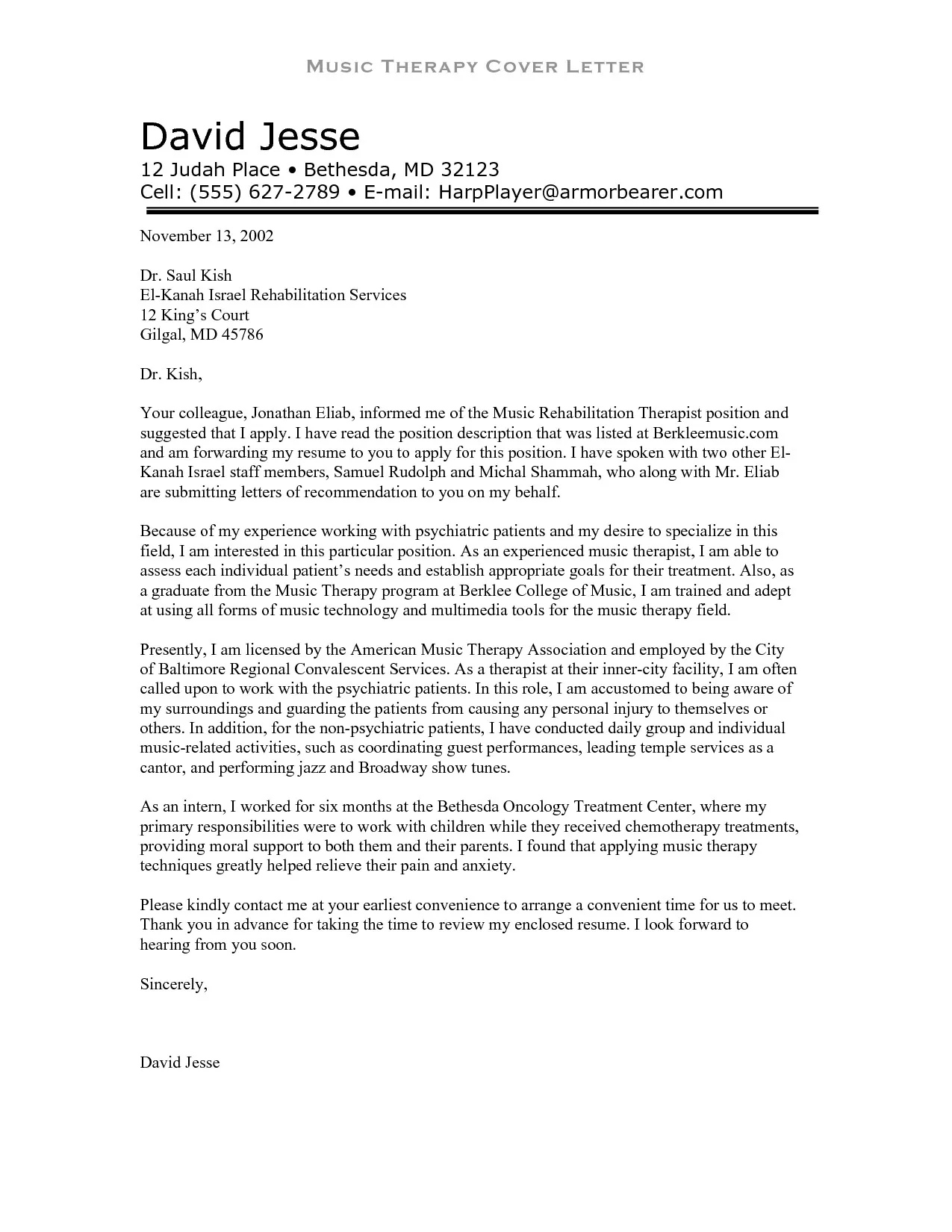
Carefully review the job description or placement requirements and address the employer’s needs. Explain how your skills and experiences align with their needs. Use specific examples to show how you can contribute to the clinic or the patient experience.
The Closing and Call to Action
The closing section of your cover letter should reiterate your interest and provide a clear call to action. Make it simple and easy for the reader.
Thanking the Reader
Thank the reader for their time and consideration. Express your appreciation for their review of your application. This is a polite and professional way to end your cover letter.
Reiterating Your Interest and Availability
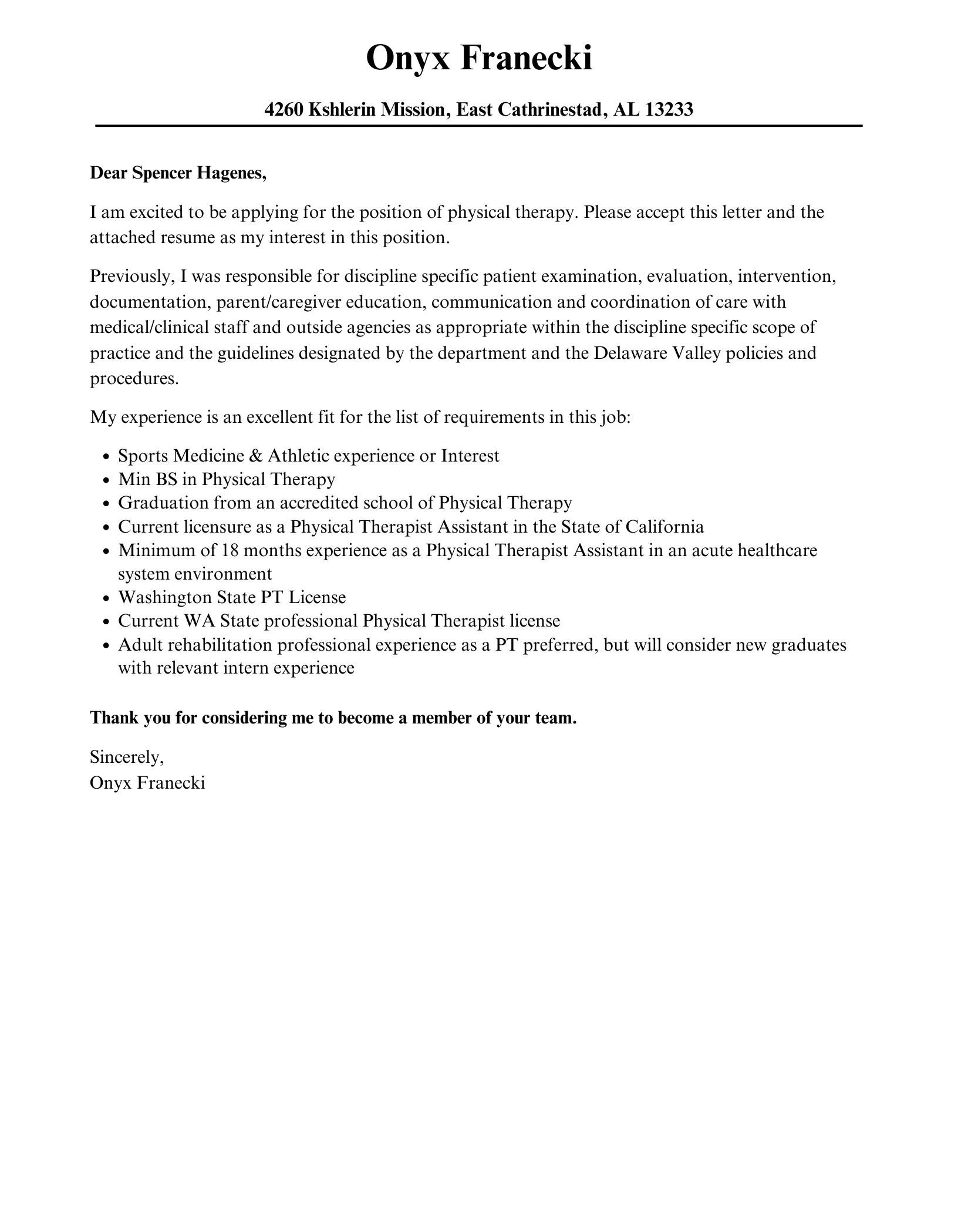
Reiterate your interest in the position and mention your availability for an interview. Provide your contact information once again and express your willingness to discuss your qualifications further. End with a professional closing, such as “Sincerely” or “Respectfully,” followed by your typed name.
Proper Formatting and Proofreading
Proper formatting and meticulous proofreading are essential for a polished cover letter. This ensures your professionalism and attention to detail.
Formatting Guidelines
Use a standard font like Times New Roman or Arial, with a font size between 10 and 12 points. Use single spacing within paragraphs and double spacing between paragraphs. Maintain consistent margins (typically 1 inch on all sides). Ensure the letter is well-organized and easy to read.
Proofreading and Editing
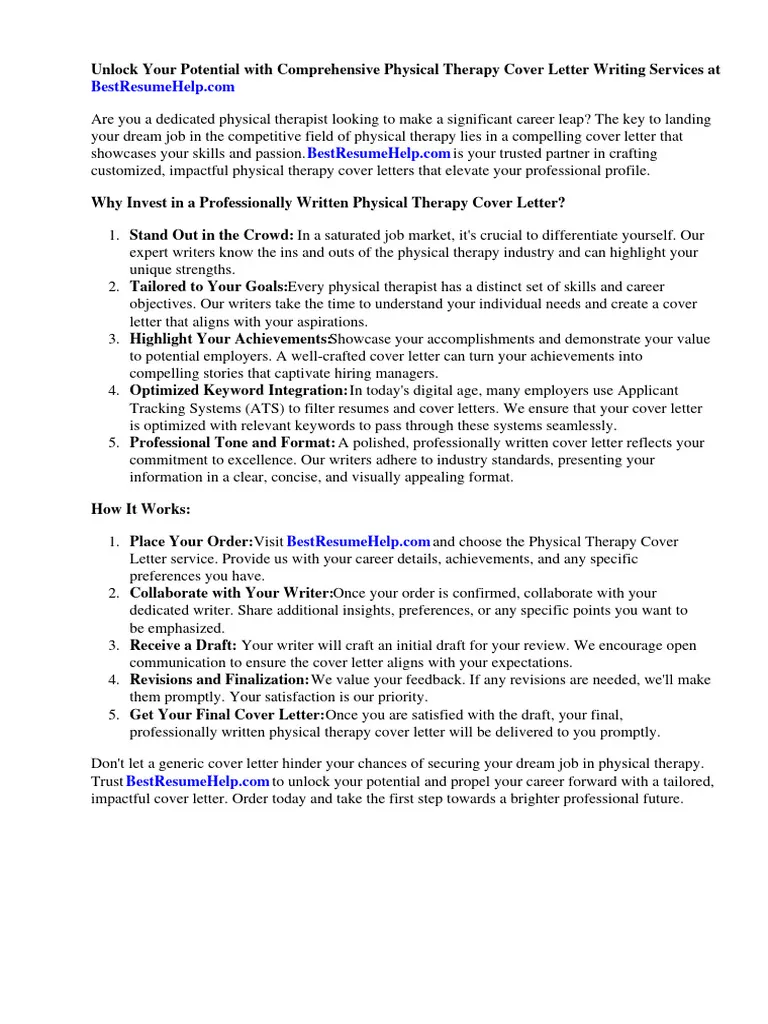
Thoroughly proofread your cover letter for any grammatical errors, spelling mistakes, or typos. Ask a friend, professor, or career advisor to review your letter for feedback. Ensure your language is clear, concise, and professional. Attention to detail reflects your commitment to excellence.
Example Cover Letter for Physical Therapy Students
While the specifics will vary depending on the opportunity, the following example demonstrates a basic structure. Use this template as a guide and modify it to fit your situation. Remember to tailor each cover letter to the specific position and clinic. [Insert example cover letter]
